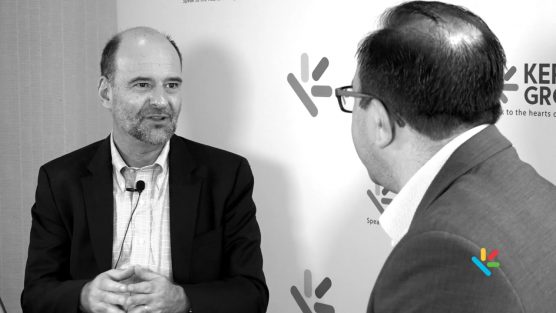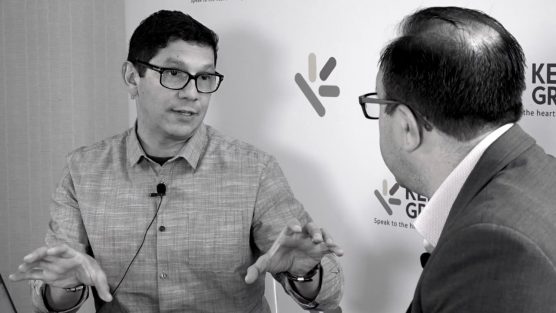Nothing has changed the game for nonprofits in recent years like social media. Using Instagram, Facebook, Twitter, and more, nonprofits can personalize messages and calculate predictive analytics. People’s searches and posts on social media give marketers valuable clues to the causes they may be interested in. This development has opened a window into people’s decisions about supporting or joining your organization. Even better, important audiences like Hispanics use this technology heavily.
Is multicultural marketing out of date?
Social media’s obvious value has caused nonprofits to reevaluate their other strategies. Specifically, now that we have so much insight into individuals, is multicultural marketing irrelevant? Has our direct line to people’s personal accounts made cultural patterns meaningless? The answer is ‘no’, and the reasons are laid out below. But if that’s the case, how should nonprofits use social media and metrics in their multicultural marketing?
Learn the whole story
The first step to using social media with multicultural marketing is contextualizing. Back to the first question: Why doesn’t metadata rule out multicultural marketing? Because nonprofits need to understand what drives those individual choices. Social media gives marketers access to targeting individuals; however, they still need cultural nuance to inform how they do it. Sure, you can see the data, but if you’re going to engage those individuals, you need to understand the ‘why.’ Individuals are individuals, but cultural patterns still guide groups of people to think in certain ways. Getting the big picture will help your nonprofit speak to more people. Social media provides the information that makes effective multicultural marketing possible. To achieve that, nonprofits need to listen to their audience.
Get specific
“Hispanic are a diverse community. Understanding how to reach each segment is important.”
And they need to listen carefully. The granularity of your data matters. 60 million Hispanics live in the US; they’re not all the same! People are coming from wildly different contexts when they interact with a cause. Nonprofits need to understand segments and subsegments, and personal information from social media can help explain one person’s background. But even if you know their age, geographic location, and language preference, there’s deeper context to an individual’s actions, opinions and choices. Plenty of other people fit those specifics – what causes are important to them? And most importantly, why? What makes people from this specific group more likely to get involved in a cause? You can use social media to get as specific as possible – and then fill in the picture by investing in cultural nuance.
Be smooth
There’s at least one more way you can put social media to work in multicultural marketing: be organic. Give your audience what they want, not what you’re trying to push. We’ve all seen campaigns that tried a little too hard to be hip… and then fell flat. Make sure you really understand the elements of what goes viral. And understand the ideals and desires of Hispanics. If you start there, your message will be much more powerful.
A perfect match
“The Hispanic community is ready.”
Remember, nonprofits already have common ground with Hispanics; social and community causes are highly important to this demographic. And that’s not the only connection! Hispanics and nonprofits are both major players on social media. With the appropriate effort and context, this technology can be an extraordinarily effective tool for engaging a huge new audience. Learn the context for your data. Zoom in on the details. And act natural. When used correctly, social media and multicultural marketing go hand in hand.
WATCH MORE VIDEOS OF THIS SERIES

JOSE VELEZ SILVA
VP of Multicultural | COMCAST

ISAAC MIZRAHI
Chairman | CULTURE MARKETING COUNCIL

ALBERTO LORENTE
Marketing Director |
SPRINT

MARIA ELENA SALINAS
Journalist

RICK GOMEZ
Chief Marketing Officer | TARGET

ALEX LOPEZ NEGRETE
President | LOPEZ NEGRETE COMMUNICATIONS

MEGHANN ELRHOUL
Head of Agency Research | TWITTER

ALICIA ENCISO
Chief Marketing Officer | NESTLE

ALDO QUEVEDO
Creative Director | RICHARDS LERMA

JOHN SANDOVAL
Multicultural Manager | INTUIT

DAVID CHITEL
CEO | NGL COLLECTIVE

RICARDO AZPIAZU
Marketing Director | VERIZON

COURT STROUD
Consultant | THE CLEDOR GROUP

VANESSA STRAIN
VP of Multicultural | NIELSEN

JOSE VILLA
President | SENSIS

SARAH CARBERRY
Multicultural Strategist | GOOGLE

YVETTE PEÑA
VP Multicultural | AARP

ISAAC MUÑOZ
Senior business Consultant | Southwest Airlines

CLAUDIA ROMO
Founder | WE ARE ALL HUMAN

SHELLEY HAUS
SVP Brand Marketing | ULTA BEAUTY

WENDY BLUME
VP Marketing | ADVANCE AUTO PARTS

MANNY RUIZ
CEO | NOSTALGIACON

VALERIA PIAGGIO
SVP | KANTAR

